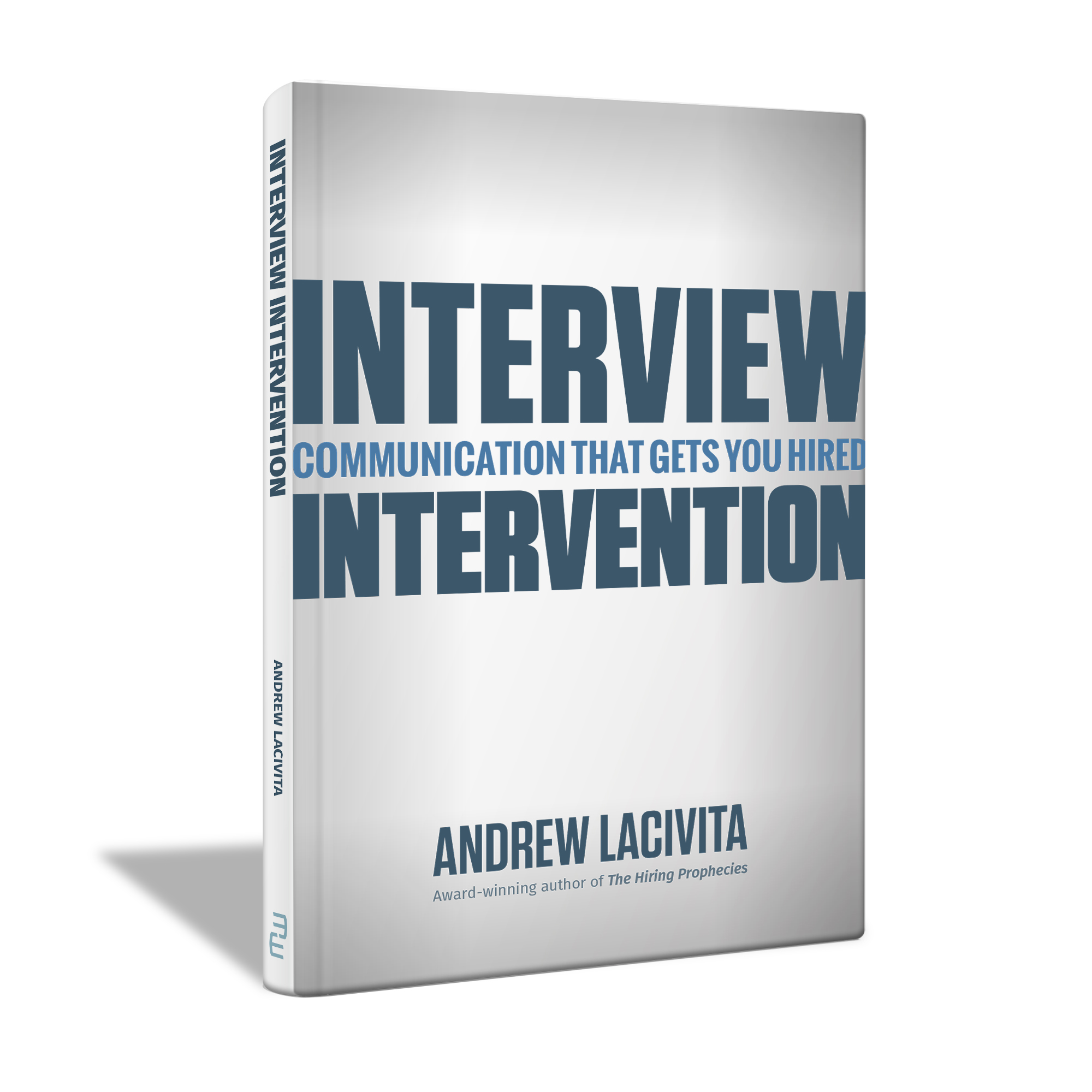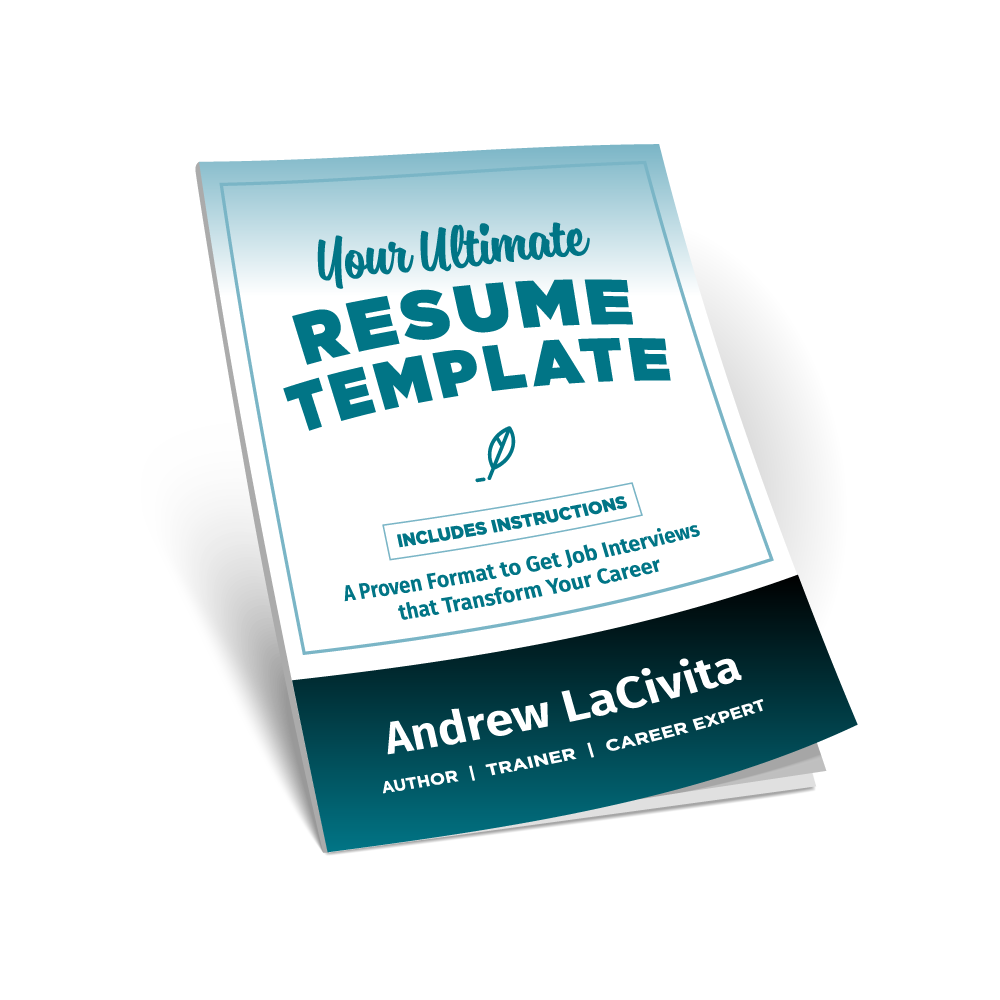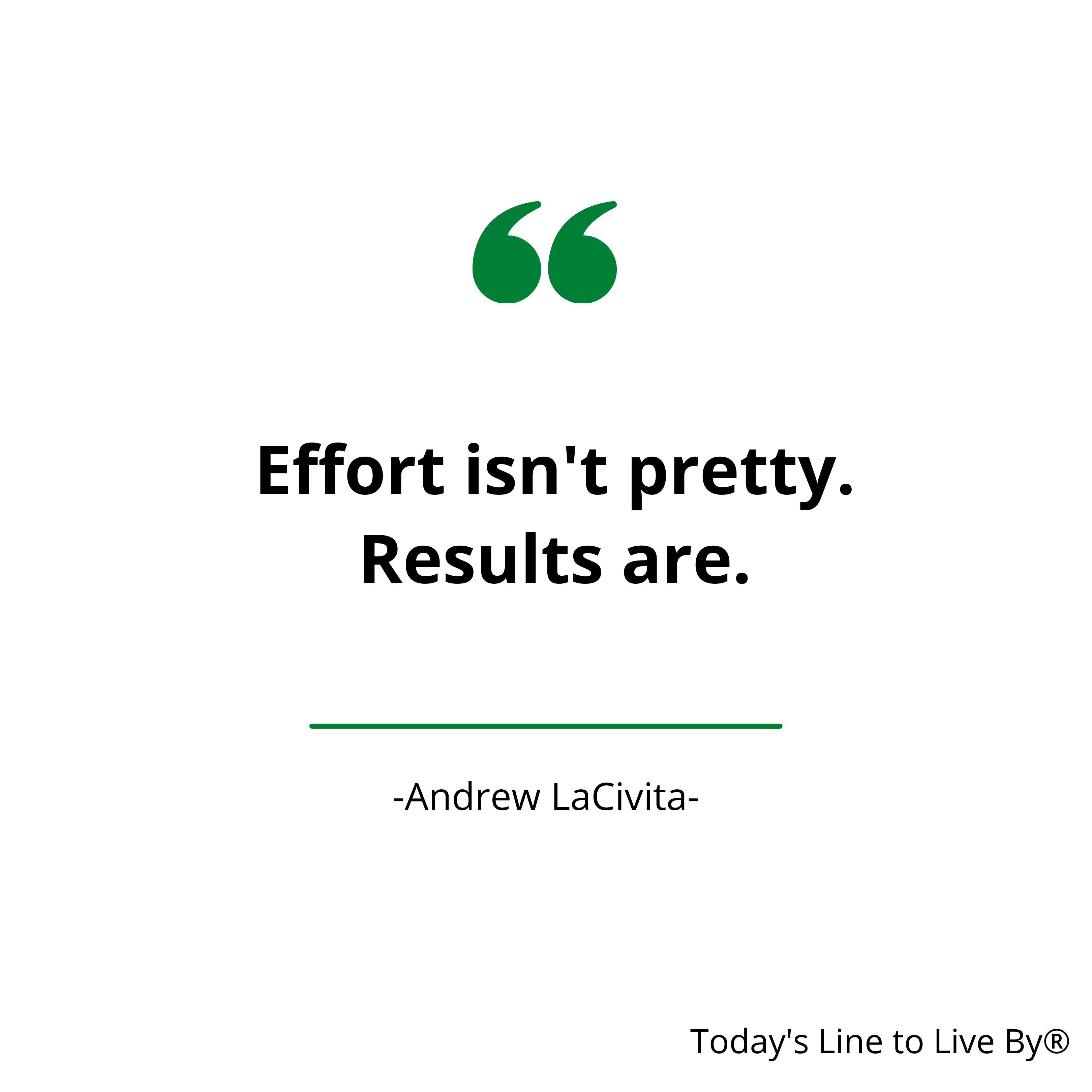Most people don’t realize when they’re job interviewing that the interviewer’s memory has a strong influence in whether the job candidate ultimately gets hired. Why? Because hiring decisions simply don’t happen in real time. Furthermore, in today’s corporate world, interviewers are untrained (it’s not their “day job”), overworked, and distracted, and they’ve most likely interviewed several candidates for the same position. You need to not only set yourself apart, but also make them remember you in a positive light.
Say it so they get it. Say it so they remember it. Say it so they want it.
That phrase is simple. Remembering those eighteen words, which ought to be easy enough because most of them are the same, at a minimum provides you with a successful formula for the interview. Using the five following principles to execute that formula will make you memorable.
- Keep It Short and Simple. Superfluous information hinders their ability to remember.
- Capture and Keep Their Attention. They can’t remember you if they’re not listening.
- Talk in Their Lingo. Speak in a language they understand.
- Make Them Believe You. Use details to make yourself believable.
- Get Them to Care. Highlight the benefit to the individual in addition to the company.
This is the second in a five part series that covers each of these principles. If you simply can’t wait for the remaining pieces, you can review the material in much more detail in the Storytelling Chapter of Interview Intervention: Communication That Gets You Hired. I provide a complimentary eBook to anyone who signs up for the email distribution list on the front page of the milewalk website!
Capture and Keep Their Attention. This particular quality, in my opinion, confronts one of the greatest hurdles you will likely encounter in any communication—getting people’s attention. If you think for one second that you have the interviewer’s attention, you are sorely mistaken. Let’s see, she has a meeting immediately following your interview. She is not quite fully prepared for it. She is not sure how she is going to explain to her client that the project is delayed. Her Crackberry keeps ringing. The instant messaging chat keeps beeping. All of this is happening as you are sitting in front her (imagine what she is doing if you’re on a phone interview). You get the picture.
There are two main issues here. The first difficult obstacle is that you cannot make her pay attention. You need to attract it. Once you get her attention, you need to keep it. The easiest way to capture someone’s attention is to break a pattern. If an individual is anticipating what you are about to say, she generally tunes out. If, for example, you are a technologist interviewing with another technologist, that person likely has the benefit of similar experience (or perhaps more aptly termed “Curse of Knowledge”). She runs a greater risk of tuning out because she is familiar with what you are saying, likely has experienced it herself, and is hearing what she expects you to say. If you started speaking Swahili in the middle of your response, she would likely immediately notice it. To be effective in grabbing her attention, you need to eliminate the predictable, break her chain of thought, and then fix it for her. That will get her attention.
The easiest way to break a person’s pattern and grab her attention is to surprise her or make her think she’s about to be surprised. Either way, she will notice you. Once you have her attention, the easiest way to hold it is to keep her curious.
This is often much easier to do than it might sound. Here’s a simple, nonprofessional example related to grabbing attention. The other day, I was at the health club at an extremely early hour. I was in the weight room with two other people, neither of whom I knew by name. I recognized one, as I see him virtually every time I’m there. We nodded to each other and I asked, “How are you doing this morning?” I anticipated him saying, “Good. And you?” or something similar. He replied, “So far, so good.” So simple, but not what I expected. I smiled and replied back, “That’d usually be a great accomplishment for me too, even at six o’clock on a Saturday morning.” I still don’t know his name, but I won’t forget his response, which indicated that he’s probably an interesting guy.
You’re probably wondering how to do this during a run-of-the-mill interview, where you’re providing matter-of-fact responses. There are certainly many ways to do this, but I think these three techniques should suffice in most situations: 1) doing it first, 2) doing it wrong, or 3) confirming their guess. (Keep in mind, doing it better, while effective, won’t break their pattern. It might get them to remember you did it well, but for our purposes, we want to make sure she is actually listening to you.) Let’s use the technologist example above to discuss these three techniques. I think these illustrations can be used regardless of the situation. Simply align them for your purposes.
When doing it first, you become a pioneer. People love pioneers, because they often have information they are unaware of. She will anticipate something she’s likely to learn. The technologist could sprinkle phrases into the discussion such as, “As I was designing the system, I used a technique that had never been implemented before. I’ll share it with you now to get your thoughts.” This will keep her attention throughout the story, because she will want to know what you thought, what you did, and how it ended.
Doing it wrong doesn’t need to create negative connotations. Often, we can use these techniques to highlight how we learned and grew as a result of it. Candidly, mistakes and failures are necessary for your professional and personal evolution. You can use this technique with phrases such as, “I realized as I was designing the solution that I was about to make a grave mistake. At first I was going to … and then I realized … and then discovered the best technique would be to … This taught me so much about these new technologies.” She will be anchored on your discovery, how you cited it, what you learned from it, and how it helped you grow.
Sometimes you simply don’t have a change-of-pattern item at your disposal. Your story is generally consistent with what she would anticipate, so you want to tell it as cleanly and quickly as possible. In that case, you can confirm her guess and grab her attention by using phrases that make her think she might be surprised. Toss in a few, “ … so I was designing the solution with the usual hardware and software including … you might be thinking it would yield these results. I did too. But then I checked these other angles to ensure it would work properly. Fortunately, in the end, it did produce the results you and I anticipated.” Keep in mind, you don’t have to knock a person over or play the scary, suspenseful music in the background to grab their attention. A simple nudge now and then will make sure the interviewer is alert.








Leave A Comment